A Little Insight Into Window Treatments
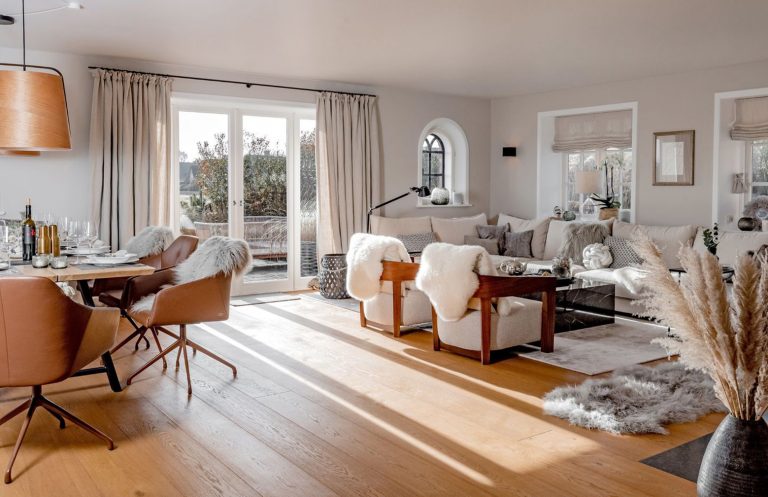
Today we’re here to talk about window treatments, specifically curtains, and all the different, wonderful things to consider.
We’re here to break it down and help you on your curtain journey. Don’t worry, we will do another guide to cover the differences between drapes, shades and blinds too soon. Who would have thought there was so much to know about window treatments?!?
We love when there is a window refresh as part of our project briefs as window dressings have such a big impact on a space when it comes to light, mood, flow and personality. We want the curtains to enhance your space, make it feel welcoming, safe and facilitate your lifestyle.
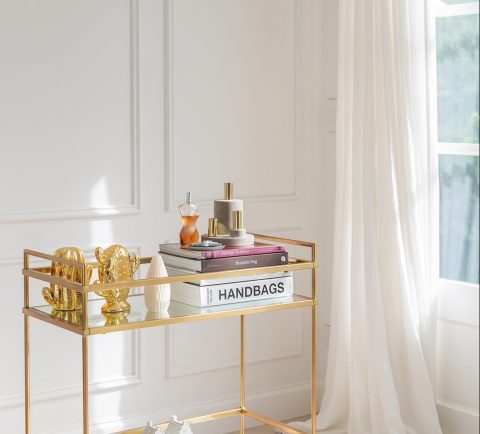
Here are 5 tips to help you select the right curtain for your space

1. Purchasing Curtains – Single or Doubles
Have you ever wondered why some curtain panels are sold individually? Single curtain panels are designed to cover an entire window and be pulled to one side when opened. You can also purchase curtains in twos, enabling you to place a curtain on both sides of your window. Obvious, but always a consideration.
Hills & West tip: As a general rule of thumb, curtains that are attractively full and drape gracefully around the window require two to two-and-a-half times as much fabric as the width of the window itself. We are a lover of more is more so if you can invest in more fabric then it is always worth it.

2. Pinch Pleat Curtains
If you’re going for a traditional style, pleated curtains are your best bet. These curtains are typically made with thicker, heavier fabrics.
Pinch pleat (or tailored pleat) curtains are the most popular kind of pleated curtains. The pleats are stitched and pinched at the top, allowing the folds of the fabric to flow below and create an elegant, formal look.
Pinch pleat curtains range from two-finger pleats to five-finger pleats. More pleats give the curtains a fuller appearance. Three-finger pleats (pictured below) are the most common type of pinched pleated curtains.
Hills & West tip: Use pinch pleat curtains in master bedrooms, sitting rooms or more formal entertaining rooms to give the space that more formal and luxe feeling.
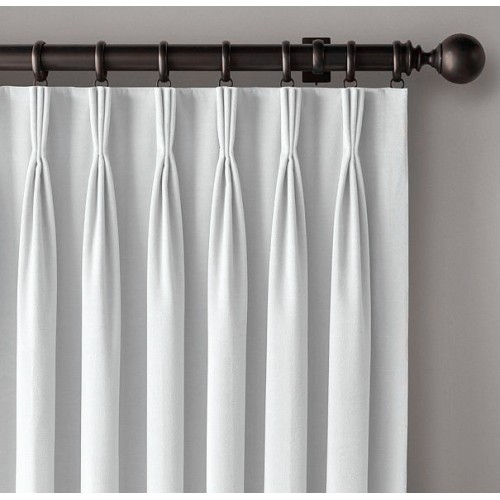
3. Box Pleat Curtains
On box pleat curtains, the folds run deep and uninterrupted across the entire length of fabric, providing full coverage with a tailored appearance.
Hills & West tip: Box pleats can be a good cost-saving solution as you can have less fullness, less fabric, and it still looks elegant.
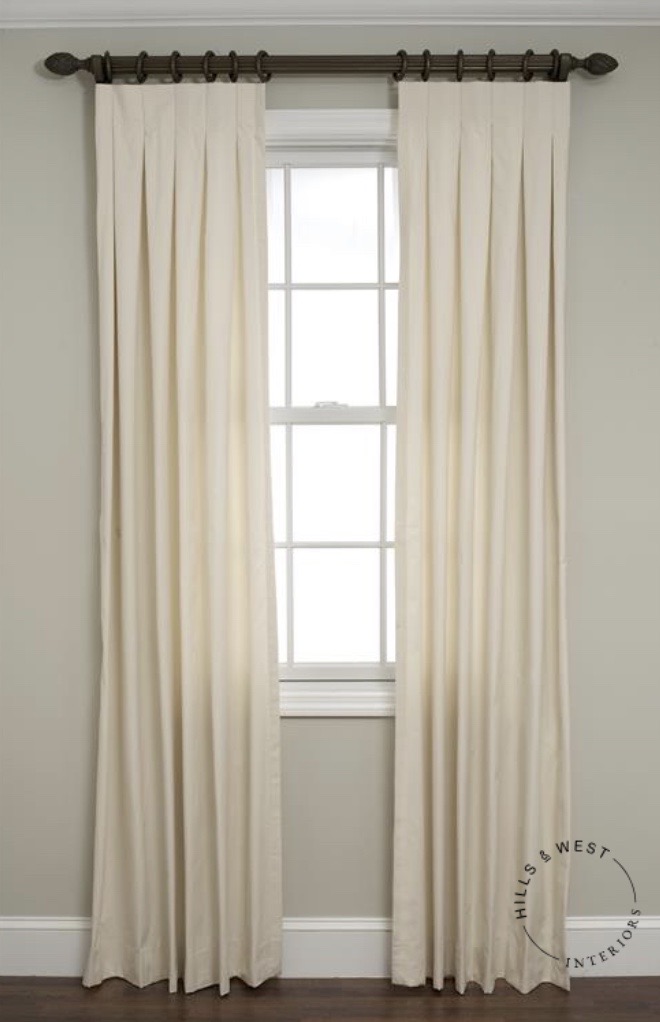
4. Goblet Pleat Curtains
Goblet pleat curtains get their name from their as they look like a goblet or wine glass. Goblet curtains are best as framing curtains to decorate a window or in less usage areas.
Hills & West tip: Goblet pleat curtains are ideal for large, formal rooms with high ceilings.

5. Pencil Pleat Curtains
Pencil pleat curtains have thinner, single pleats that make working with various curtain hooks or rods easier. Pencil pleat curtains are the classic curtain header style.
Hills & West tip: Choose pencil pleat curtains for a uniform, gathered finish that can be easily adjusted to look fuller or show more of the print, depending upon your preference.
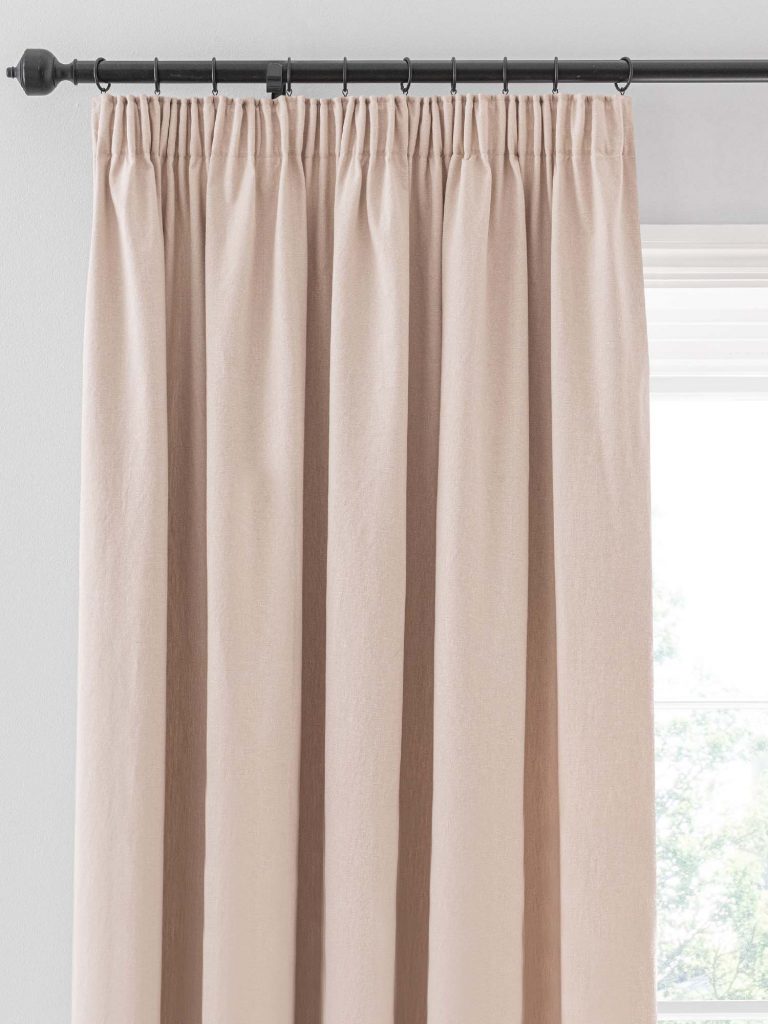
There is so much to digest with curtains… so, make sure to tune in to our part 2 of tips on how to select the right curtains.
Hope this helps you on your curtain journey. If you need any help or have any questions, the Hills & West team is here.
Email us for more information hello@hillsandwest.com.